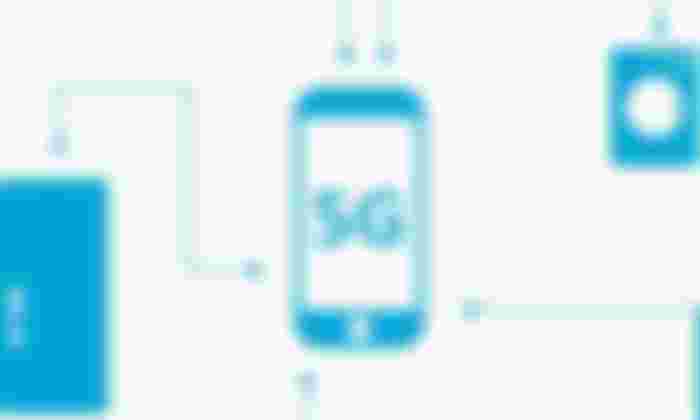Qualcomm Technologies announced Monday that it conducted the first successful extended range 5G data call over mmWave.
Range has been a key obstacle for cellphone carriers as they move to mmWave technology to take advantage of faster 5G speeds. Qualcomm's breakthrough could speed up deployment of 5G smartphones.
Qualcomm reported that it conducted a 5G call over a 2.36 mile distance, double the distance that it had projected when it unveiled its new antenna system last year. Qualcomm worked with Casa Systems, an ultra-broadband provider, and Ericsson, the multinational telecommunications company, on the project.
Few details of the achievement were released, but Qualcomm stated the groundbreaking call "was achieved by applying extended-range software to commercial Ericsson hardware."
According to Gautam Sheoran, senior director of product management at Qualcomm, "With this major milestone being the first step in utilizing mmWave for an extended-range 5G data transfer, our collaboration with Casa Systems and Ericsson is paving the way to implement fixed broadband services for broad coverage in urban, suburban and rural environments."
It is unknown how much, if any, reduction in speed resulted with the achievement of the extended range.
The most common concern about 5G technology is the significant loss of signal strength when passing through such building materials as brick and cement. Wood and glass windows result in attenuation as well, although to a lesser extent than brick and cement.
This weakness means that in addition to relatively short transmission distances, users in a city environment, for instance, may find degraded call quality as they move from inside to outside a building. Distance limitations also mean that phone users must be within roughly a block of a transmission tower to maintain a solid wireless signal.
Rain and humidity also contribute to some weakening of 5G signals.
But Qualcomm's doubling of 5G transmission distance is a sign that such barriers may be falling. Massive multiple-inut, multiple-output (MIMO) structures situated throughout heavy populated areas that use beamforming to bypass physical obstacles will also help ensure steady phone connections.
The new mmWave technology is poised to be the fastest mode in emerging standards. Phones and modems relying on mmWave 5G can achieve transmission rates of 1 Gbps to 2 Gbps as long as they are within range of 5G towers.
Europe, South Korea and China have been moving towards 5G adoption using spectrum in the mid-band ranges. This offers an ideal balance between speed and performance. Low-band spectrum, below 1 GHz, provides extended range coverage but at less than optimal speeds. High-band spectrum, 24GHz to 40 GHz, also known as millimeter (mmWave) band, offers speedy connections but limited range.
Phone carriers in the United States, facing diminishing availability along the mid-band spectrum, have looked to the high-band range.
The earliest cellphone networks, which did not require the high-speed abilities necessary for today's smartphones, ran in the low-band 800 MHz spectrum. That portion of the spectrum was referred to as "beachfront property" because of its desirable capacity to accommodate thousands of consumers within a few hundred square mile range of cell towers.
"As operators look to close the digital divide and expand broadband services throughout rural, suburban and urban communities," Steve Collins, a senior vice president at Casa Systems, "the technology in this data connection underscores the critical role mmWave will play in the global proliferation of 5G networks."

